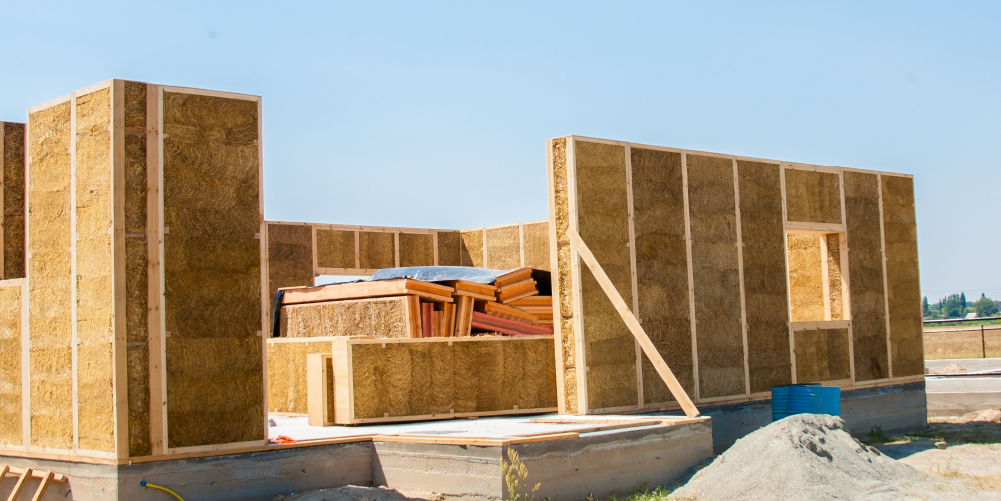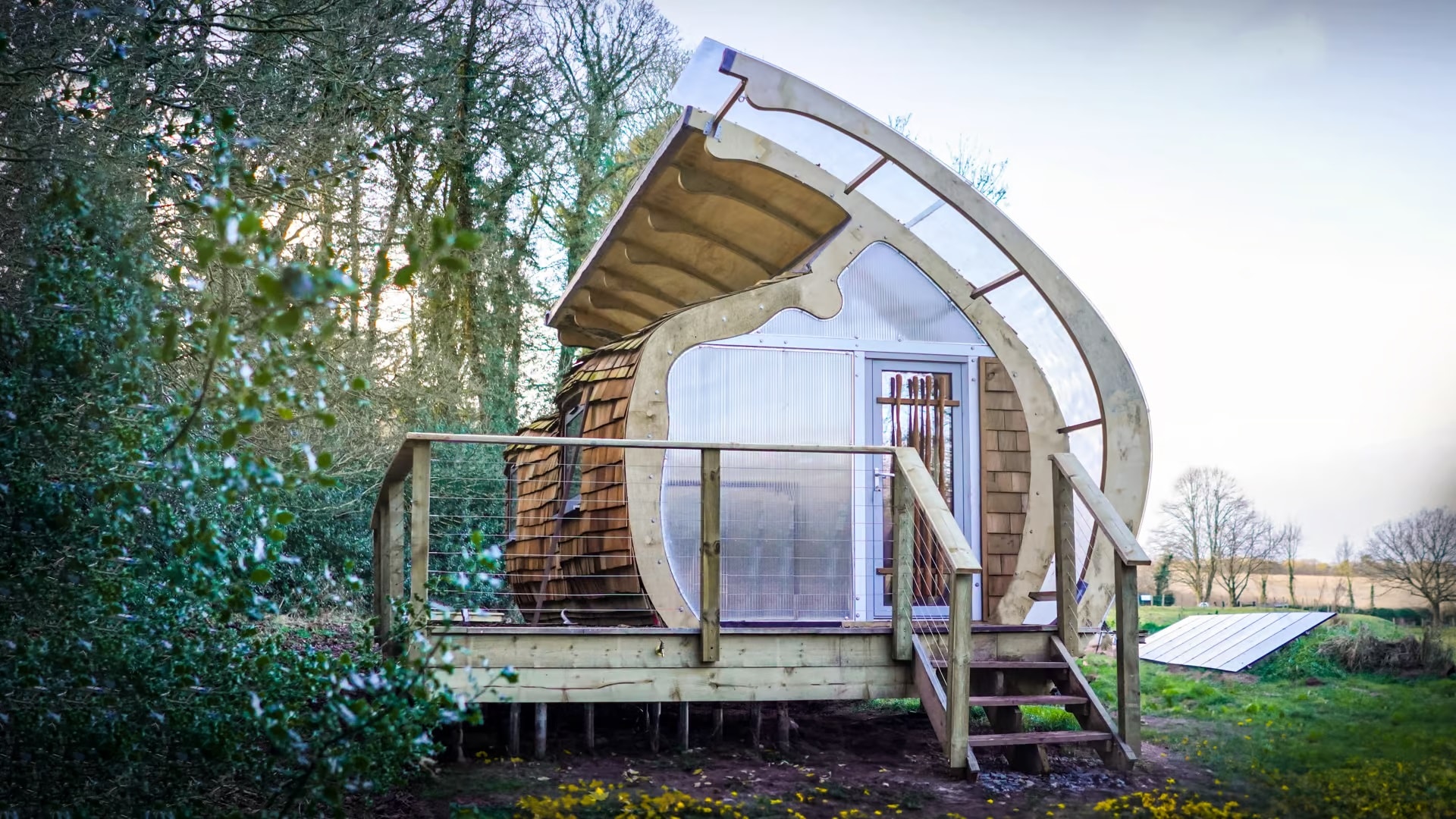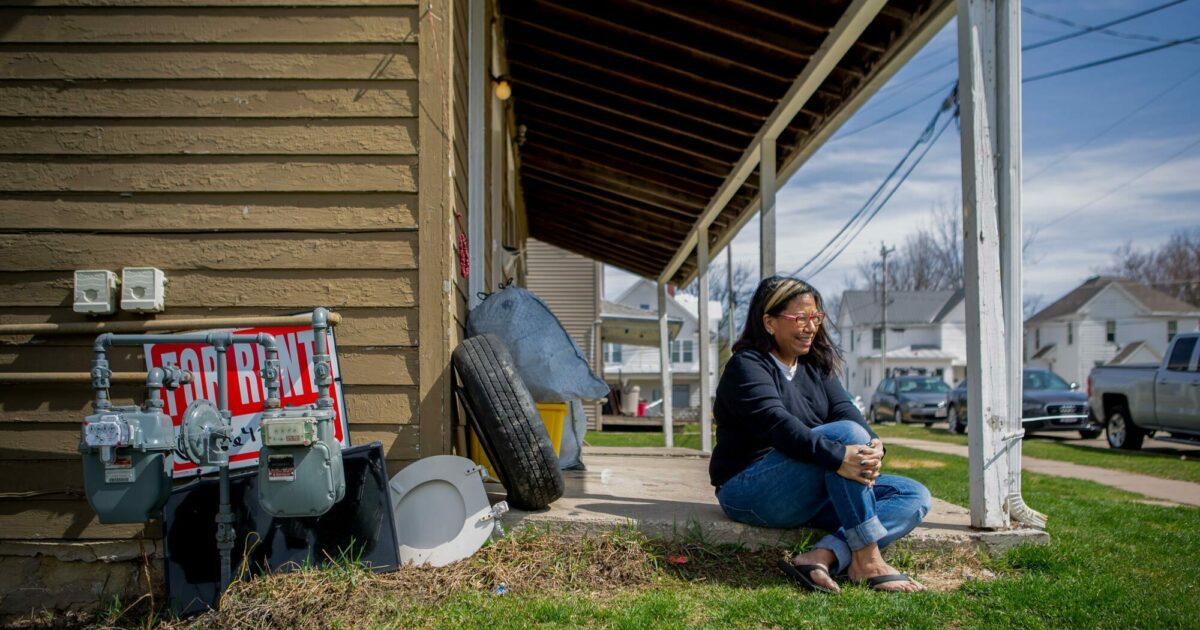For many Americans, the dream of owning a home is becoming increasingly distant. Soaring prices and limited inventory are already significant hurdles, but a new factor is entering the equation: greener building codes. In an effort to combat climate change, the White House is pushing states to adopt stricter energy efficiency standards for new construction. While the environmental benefits are undeniable, there’s a growing concern that these codes might be pushing the dream of homeownership even further out of reach.

.
The National Initiative to Advance Building Codes (NIABC) aims to make buildings more climate-friendly, but builders and homeowners worry about the cost implications. The Department of Energy argues that stronger codes can significantly reduce greenhouse gas emissions, but critics counter that these regulations translate to higher upfront costs, ultimately passed on to buyers.
California’s Marin County serves as a cautionary tale. Their recently implemented low-carbon building code, requiring eco-friendly concrete or restrictions on its use, is a step towards sustainability, but it has driven up construction costs. Similar regulations are popping up across the nation, raising concerns about affordability and widening the housing gap.
.
The construction industry itself faces the double whammy of climate change. Extreme weather events like floods and droughts disrupt projects, damage buildings, and cost billions in losses. In 2022 alone, such events caused over $165 billion in damage in the US, highlighting the industry’s economic vulnerability.
So, where do we go from here? Striking a delicate balance between environmental responsibility and affordability is crucial. Here are some potential solutions:
Financial Incentives: Offering tax breaks, grants, or low-interest loans to builders and homeowners who adopt green practices could ease the financial burden. Imagine, for example, tax breaks for using recycled materials or rebates for installing energy-efficient appliances.
Innovation and Technology: Encouraging research and development of more affordable and efficient green building materials and techniques could lower long-term costs. Think advanced insulation materials that are both eco-friendly and cost-effective or prefabricated building components that reduce construction time and waste.
Targeted Regulations: Instead of a one-size-fits-all approach, regulations could focus on the most impactful areas for energy savings while offering flexibility in other areas. This could involve stricter standards for insulation and windows, while allowing builders more freedom in choosing other materials.
Collaboration and Transparency: Open discussions between policymakers, builders, and homeowners are key. Sharing information about the long-term benefits of green homes, like lower energy bills and increased property value, can help build consensus and support. Collaboration on innovative solutions, like government-backed research partnerships with the construction industry, could accelerate progress.
Building a sustainable future requires acknowledging the challenges. Stricter building codes are a vital step towards a greener tomorrow, but not if they come at the cost of homeownership for many. By considering financial incentives, fostering innovation, and implementing targeted regulations with transparency and collaboration, we can find a path towards a future where environmental responsibility and affordable housing coexist, ensuring the American dream remains attainable for all.
.
Gary Fleisher is a renowned blogger and commentator on construction and housing trends, known for his insightful analysis of the industry.



